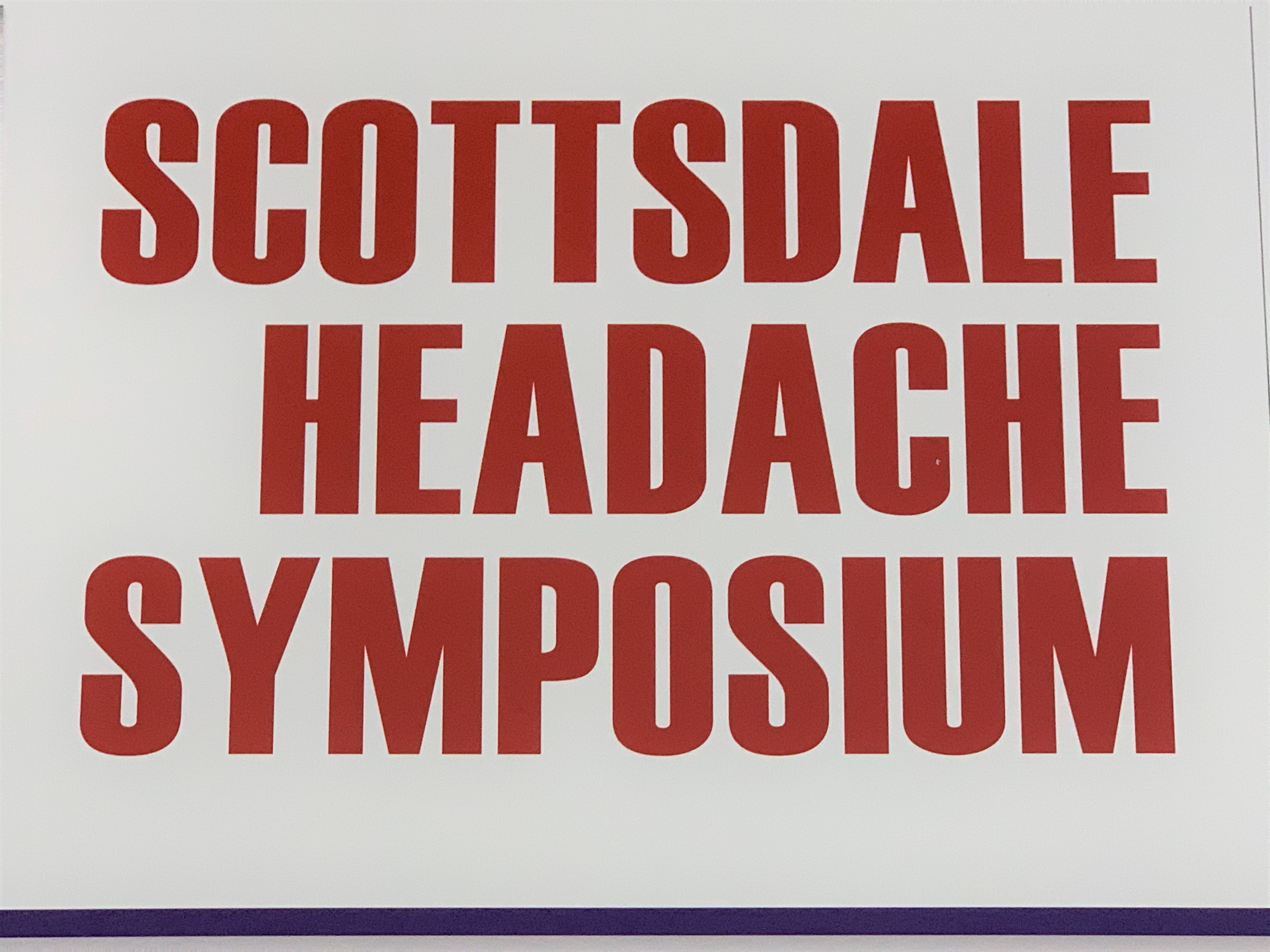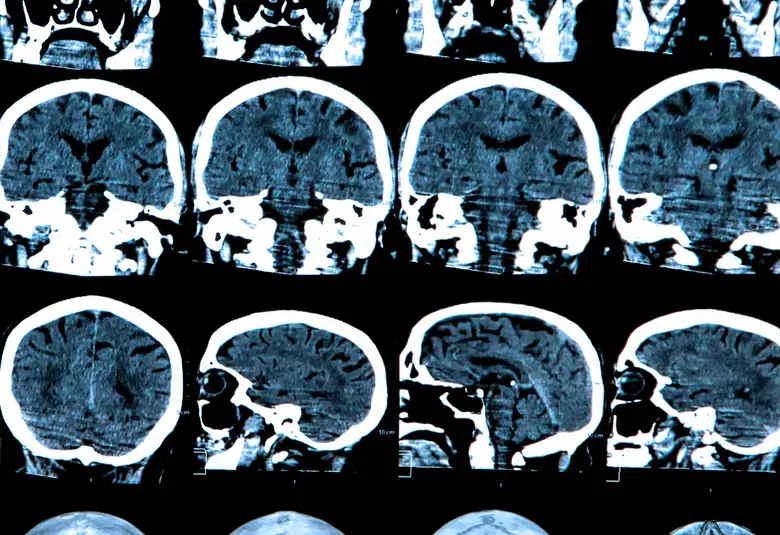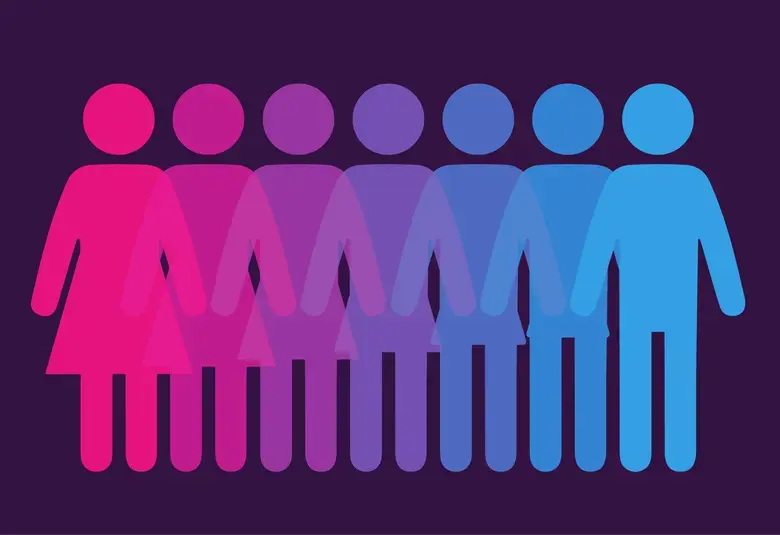Are mothers with migraine more likely to have a baby with colic? What are the risk factors for new-onset chronic migraine? Does migraine have an evolutionary advantage? These questions were considered by the top three articles appearing in Headache 2019 chosen and presented by Professor Thomas Ward, Geisel School of Medicine at Dartmouth, NH, and editor-in-chief of Headache: The Journal of Headache and Face Pain.
Mothers with migraine are more likely to have a baby with colic
Headache frequency ≥15 days/month was associated with a higher risk of infant colic
The Association Between Parental Migraine and Infant Colic: A Cross-Sectional, Web-Based, U.S. Survey Study, by Gelfand et al.1 was the 2019 winner of the Wolff Award (i.e. the best manuscript on headache, head or face pain, or the nature of pain itself), and confirmed the results of a 2012 study.2
The authors carried out a cross-sectional online survey of biological parents of 4–8-week-old infants in the US recruited using social media advertisements. A diagnosis of infant colic was based on parental response to the question, “Has your baby cried for at least 3 hours on at least 3 days in the last week?”
A total of 1,715 surveys were completed over 2 recruitment periods; 1,419 formed the analysis set. Eight hundred twenty-seven were completed by biological mothers and 592 by biological fathers. Maternal migraine was associated with increased odds of infant colic: OR 1.7 (1.3–2.4). Headache frequency ≥15 days/month was associated with a higher risk of infant colic (OR 2.5 (1.2-5.3).
Paternal migraine was not associated with infant colic.
The authors suggested that clinicians may wish to counsel expectant mothers who have migraine about the association with infant colic and provide them with resources and education for managing infant crying.
Potentially modifiable risk factors for migraine
Increased headache day frequency, medication overuse and depression are modifiable risk factors
Migraine Progression: A Systematic Review, by Buse et al.3 was the second article chosen by Professor Ward and was one of the two 2019 Members Choice Award articles. It identified a range of potentially modifiable risk factors for the new onset of CM or related chronic headache diagnoses, particularly:
- increased headache day frequency
- acute medication overuse or high-frequency use
- depression
It is likely that additional risk factors such as pro-inflammatory states and pro-thrombotic states have not yet been identified.
Does migraine have an evolutionary advantage?
An evolutionary advantage for colonizing colder, northern, territories
Professor Ward chose two articles on the evolution of migraine as his third choice.
Did Going North Give Us Migraine? An Evolutionary Approach on Understanding Latitudinal Differences in Migraine Epidemiology by Viganò et al.4 highlighted a 2018 study by evolutionary biologists demonstrating that a gene polymorphism — TRPM8, the only known receptor for the sensation of moderate cold temperature — is strongly associated with migraine. It is hypothesized that TRPM8 provided an evolutionary advantage for colonizing colder, northern, territories and accounts for the differing prevalence of migraine in different countries.5
Toward a Philosophy of Migraine by Robert Cowan6 considers the evolutionary advantages and disadvantages of migraine. The article references What is the Evolutionary Advantage of Migraine? by Elizabeth Loder, which suggests that susceptibility to migraine is determined by genetic factors and is therefore subject to the forces of natural selection. Possible evolutionary explanations for an evolutionary advantage for migraine include its role as a defence mechanism, conflict with other organisms, novel environmental factors, a trade‐off between genetic harms and benefits, and a design constraint.7
Our correspondent’s highlights from the symposium are meant as a fair representation of the scientific content presented. The views and opinions expressed on this page do not necessarily reflect those of Lundbeck.




